How to speed up your iPhone by clearing its cache
And why you should do it before installing iOS 26 Beta

Keeping your iPhone running at peak performance requires more than just the occasional restart, it means regularly clearing out the digital clutter that builds up over time.
Cache files from apps and websites accumulate in the background, gradually eating into your storage space and slowing down your device.
This becomes especially important when you're preparing to install major updates like iOS 26 beta, which needs plenty of free space and a clean system to run smoothly.
Clearing your iPhone's cache is a simple maintenance task that frees up storage, improves app performance, and reduces the chance of conflicts with new software.
Whether you're troubleshooting issues or preparing for the latest iOS beta, a quick cache clear can make all the difference in your phone's responsiveness.
Why you should clear cache before installing iOS 26 beta

Beta software is less stable than final releases, so your device needs every advantage to run smoothly.
Old cache files can conflict with new features, causing crashes or performance issues that make it hard to tell if problems stem from the beta itself or leftover data.
Beta versions also require several gigabytes of free storage for installation and operation.
Cache files from browsers, apps, and system processes can easily consume space that could be better used by the new software.
Clearing cache before installation establishes a clean baseline, making it easier to identify genuine beta bugs versus issues caused by digital clutter.
1. Open settings
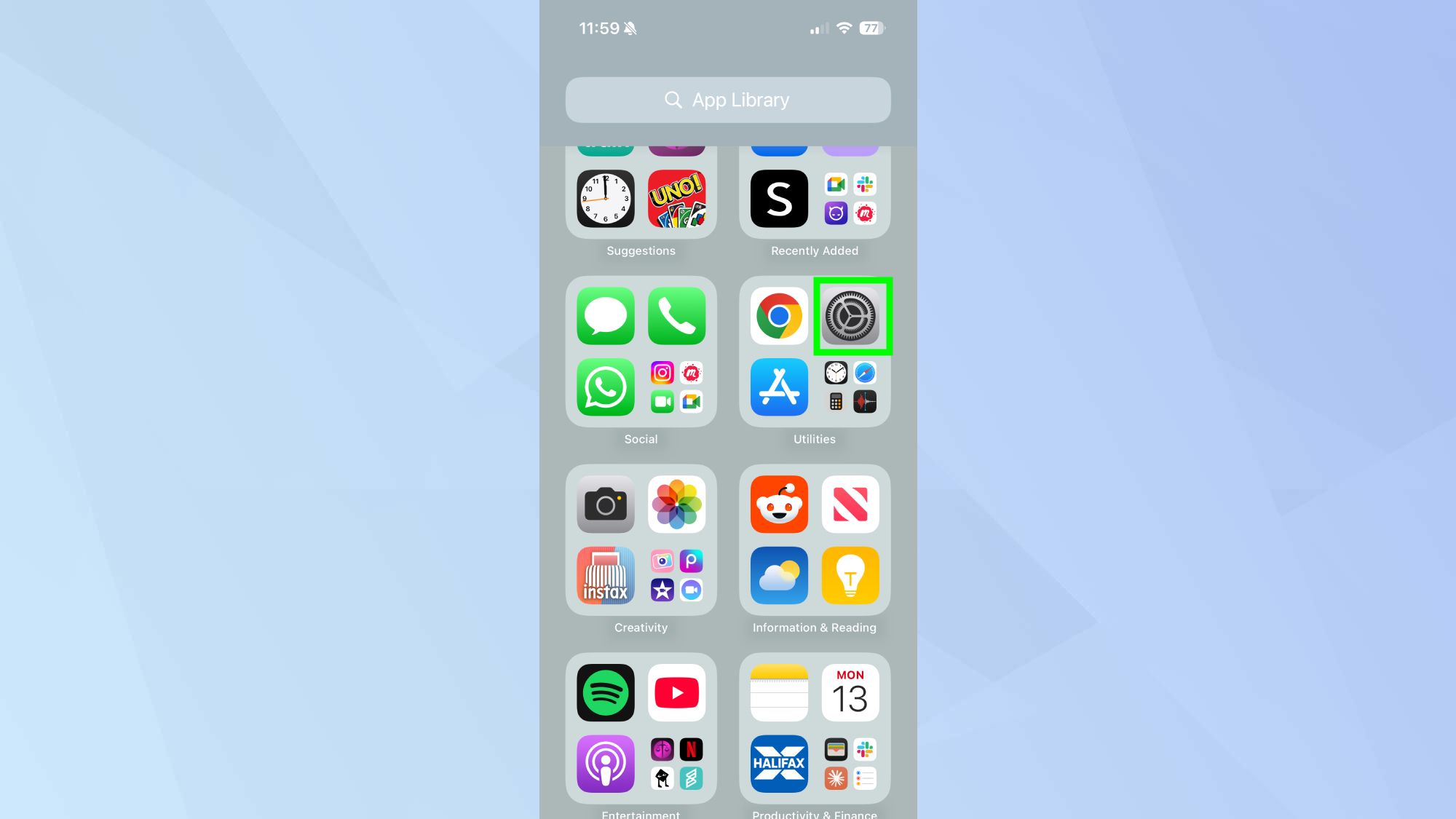
Begin by opening the Settings app on your iPhone. This is where you’ll access all the options for managing your device's apps and data.
2. Tap Apps
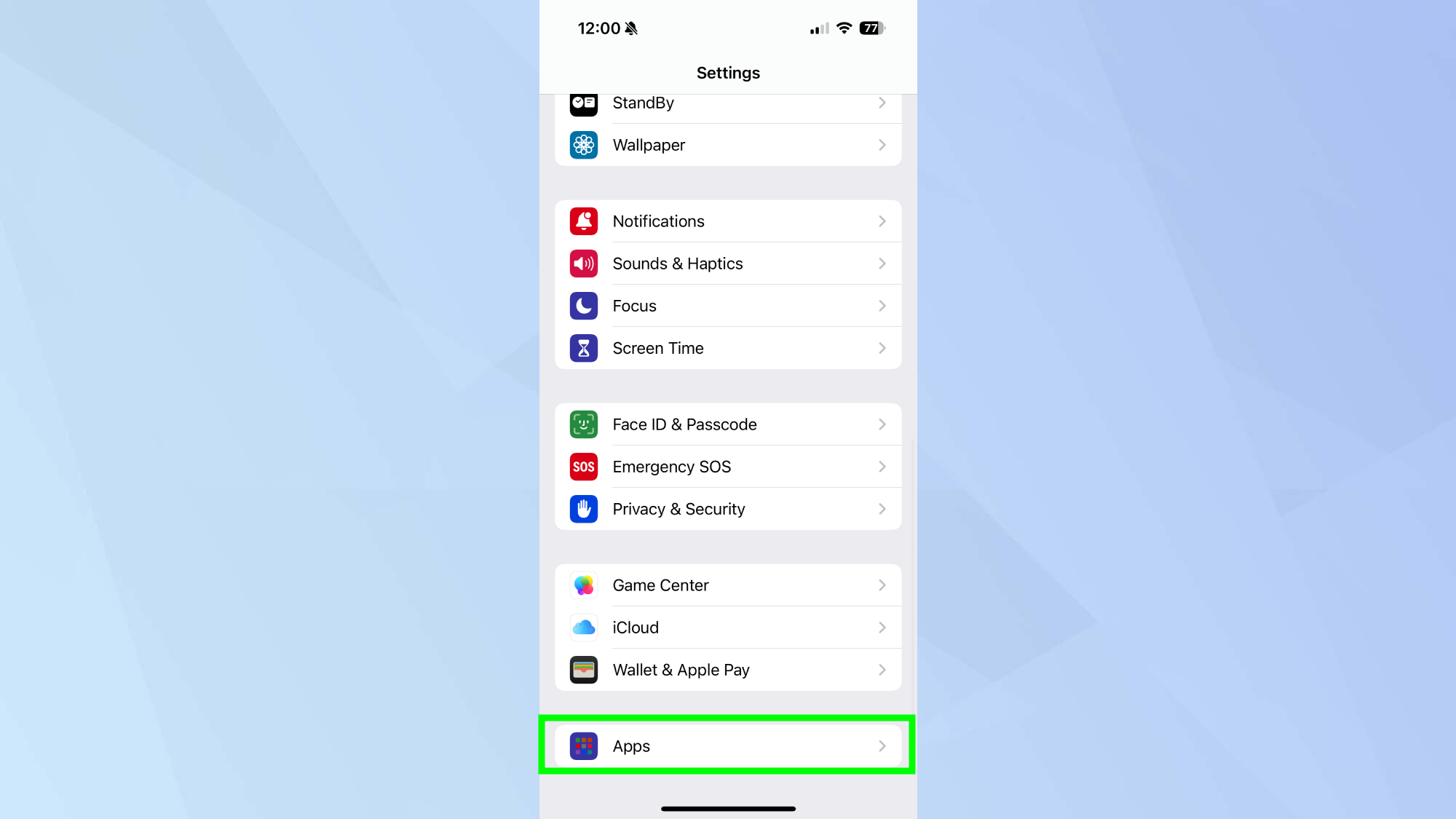
Scroll down and tap Apps to view a list of all the applications installed on your phone. This is where you can manage all app-specific settings, including data storage and cache.
3. Tap Safari
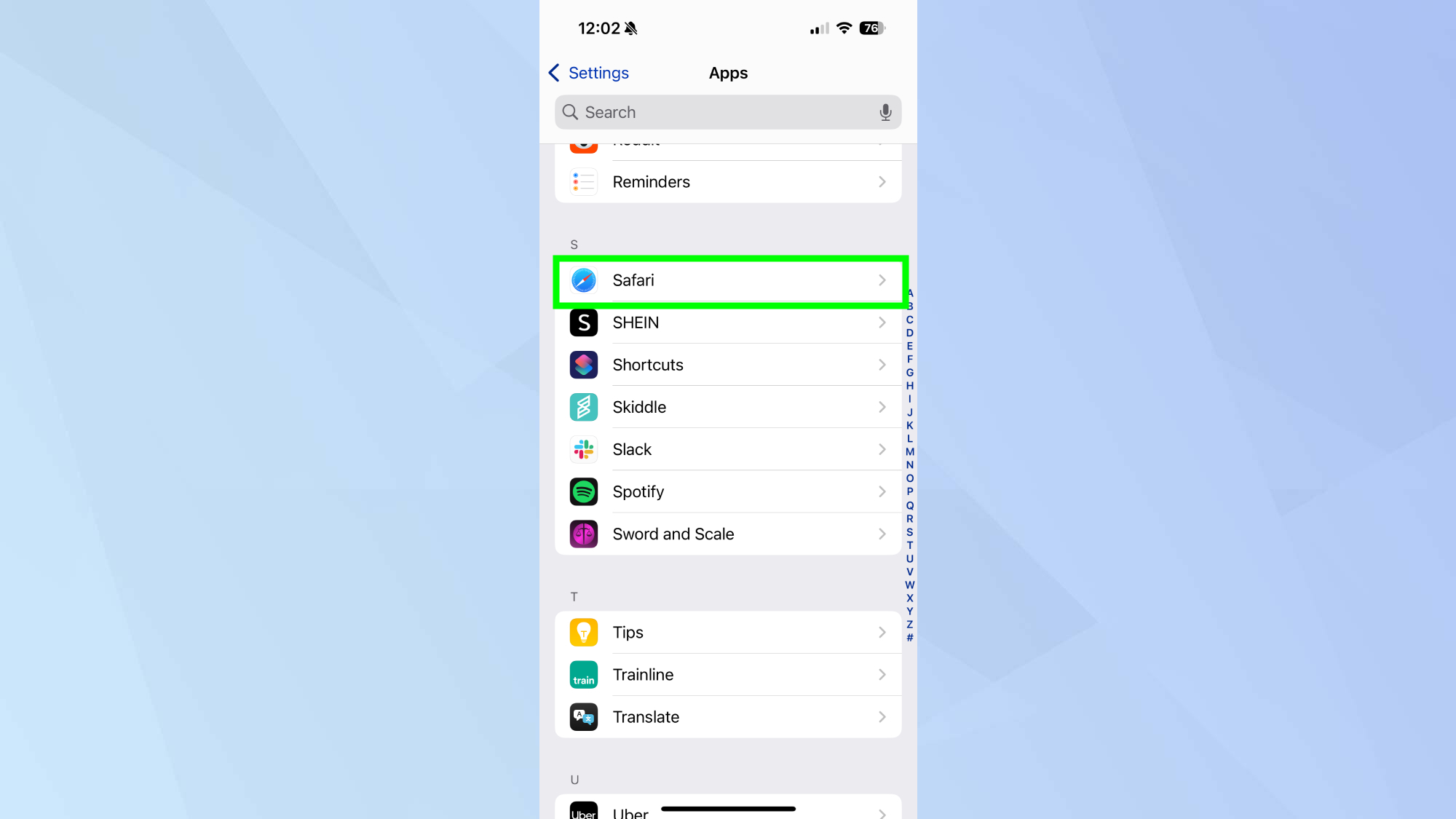
Find Safari in the list and tap it. Safari stores a significant amount of cached data, including website files and history, which can be cleared to free up space and improve performance.
4. Clear History and Website Data
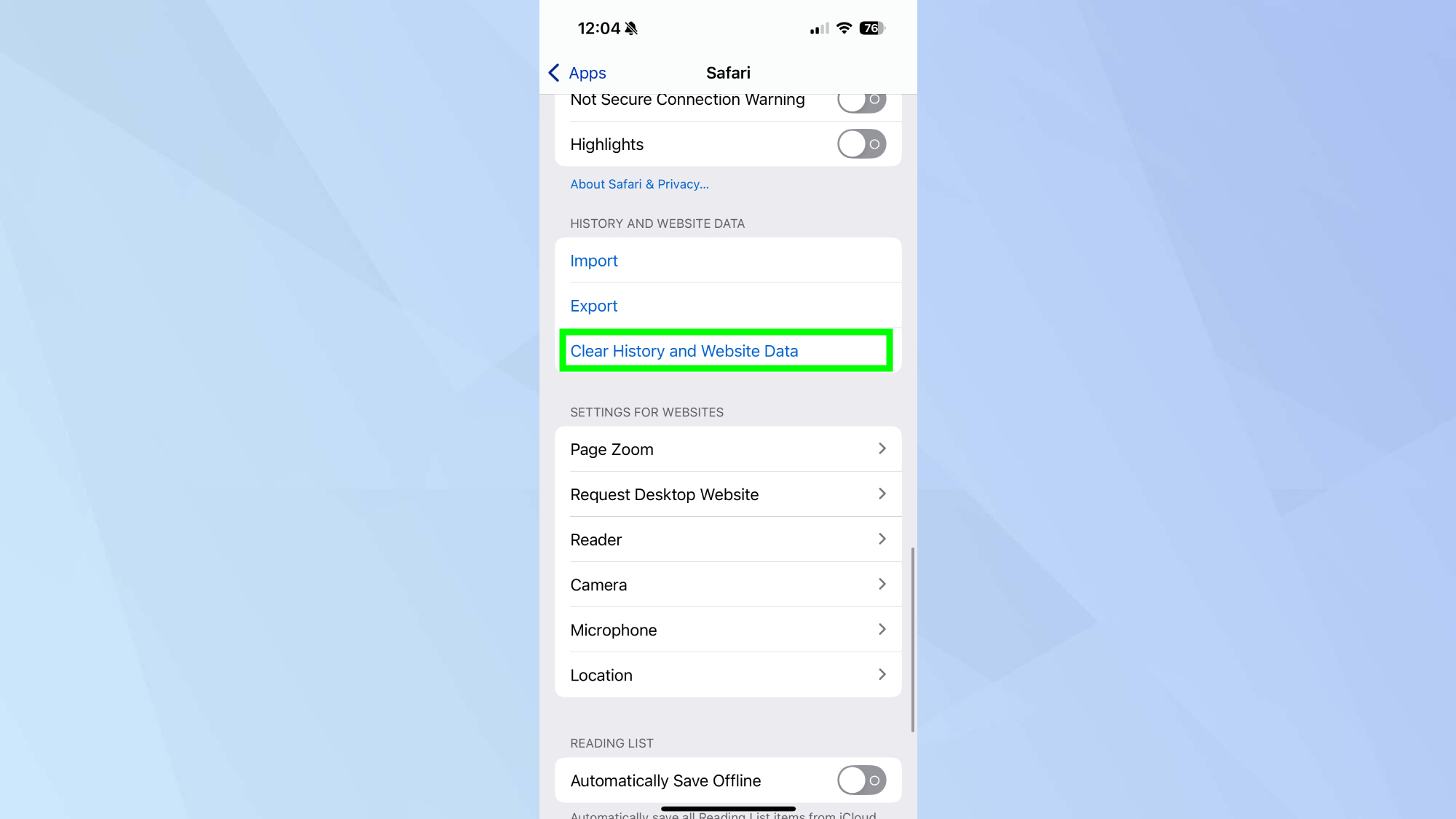
Scroll down until you find Clear History and Website Data, then tap this option. This will remove your browsing history, cookies, and other cached website data from Safari.
5. Confirm your action
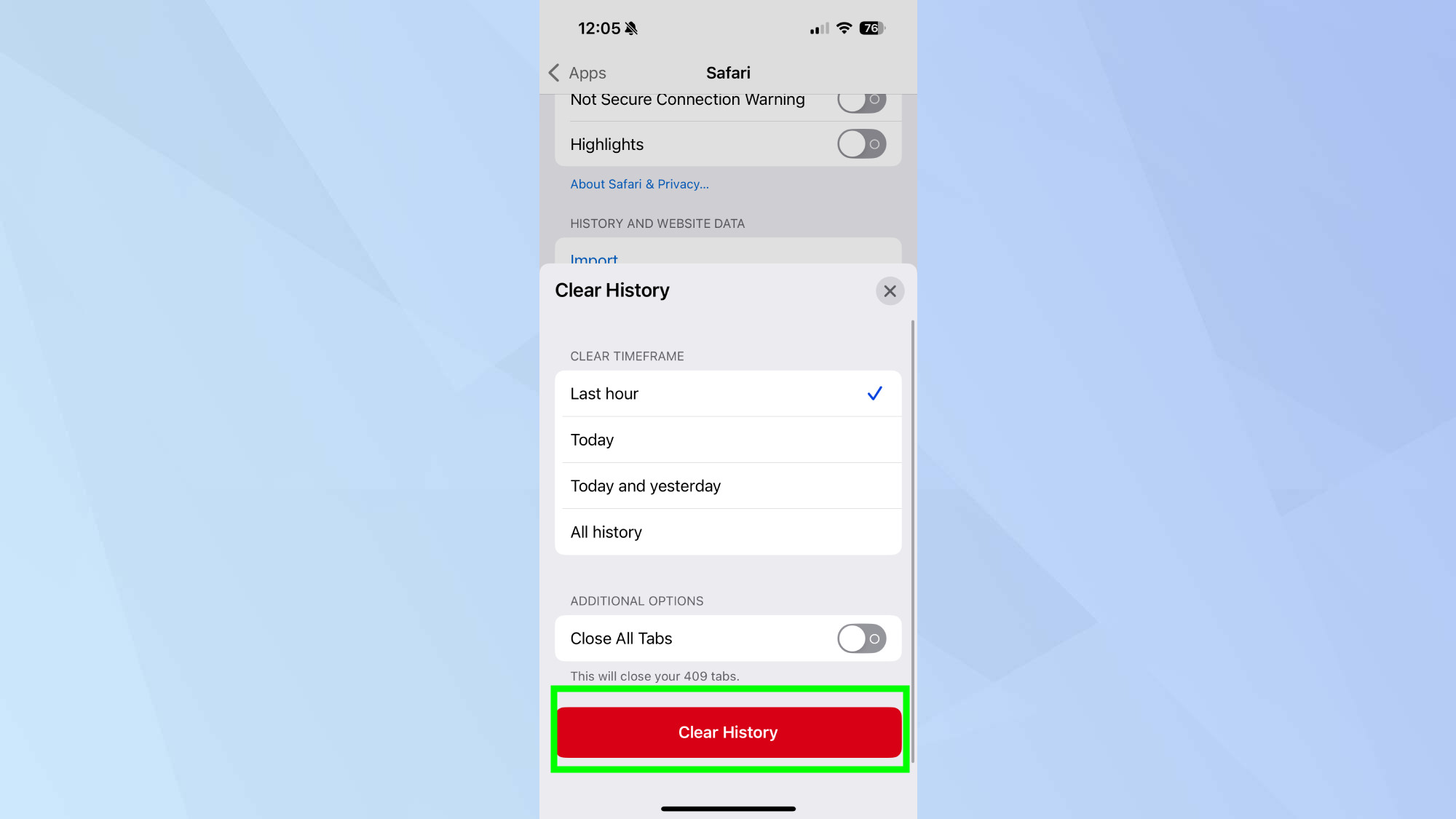
When prompted, tap Clear History to confirm. Your Safari cache will now be cleared, helping to refresh the app and improve its responsiveness.
Follow Tom's Guide on Google News to get our up-to-date news, how-tos, and reviews in your feeds. Make sure to click the Follow button.
More from Tom's Guide
- Your iPhone Notes app has a secret messaging feature — here's how to use it
- iOS 26 Safari lets you pick your own tab design — here's how to do it
- Apple Watch got an AI fitness coach — how to enable Workout Buddy
Get instant access to breaking news, the hottest reviews, great deals and helpful tips.

Kaycee is Tom's Guide's How-To Editor, known for tutorials that skip the fluff and get straight to what works. She writes across AI, homes, phones, and everything in between — because life doesn't stick to categories and neither should good advice. With years of experience in tech and content creation, she's built her reputation on turning complicated subjects into straightforward solutions. Kaycee is also an award-winning poet and co-editor at Fox and Star Books. Her debut collection is published by Bloodaxe, with a second book in the works.
You must confirm your public display name before commenting
Please logout and then login again, you will then be prompted to enter your display name.
